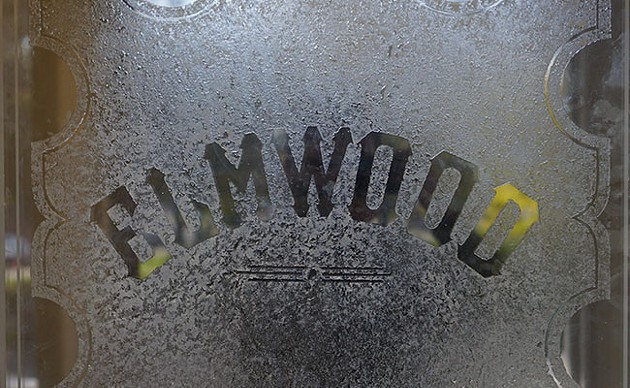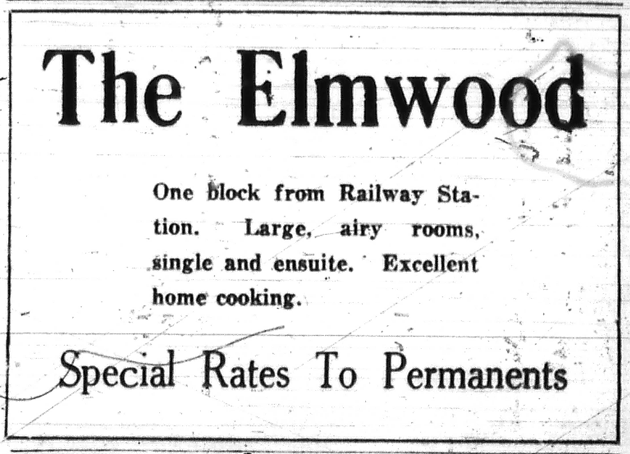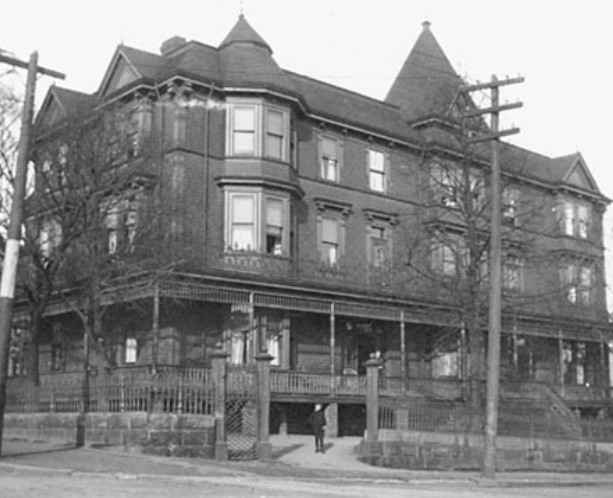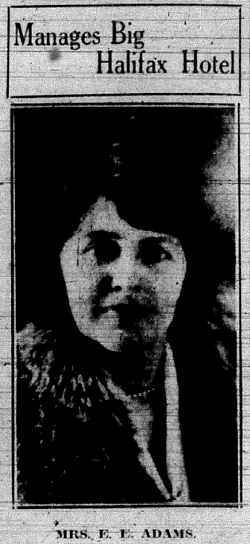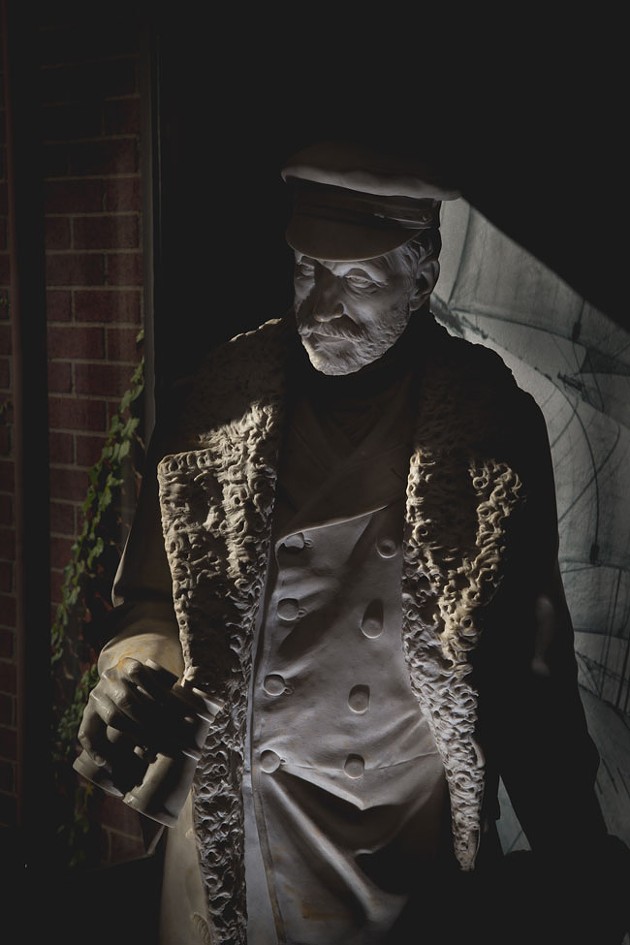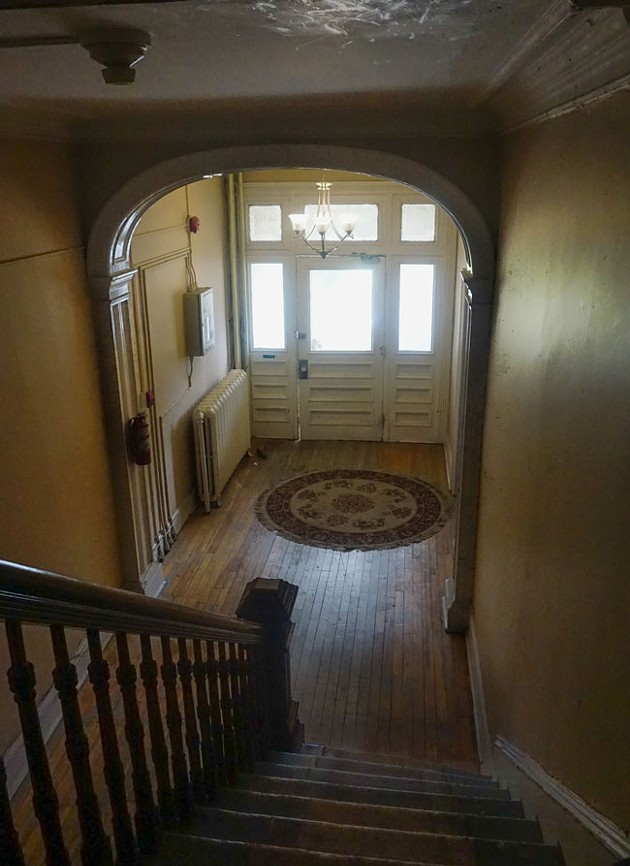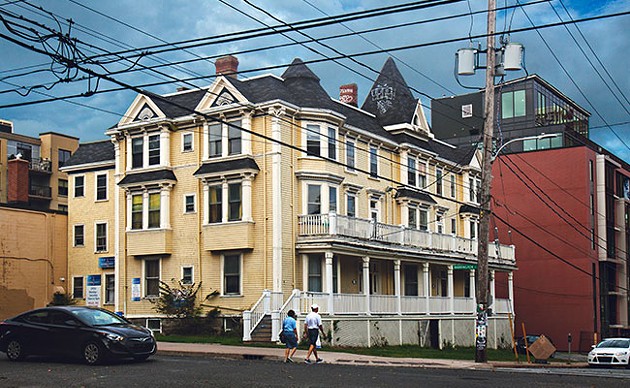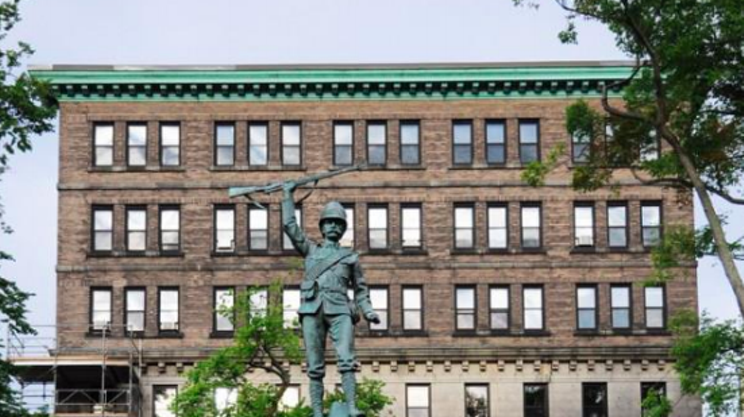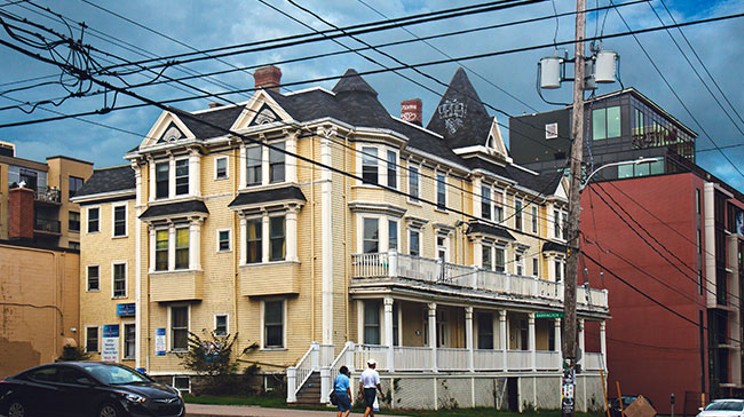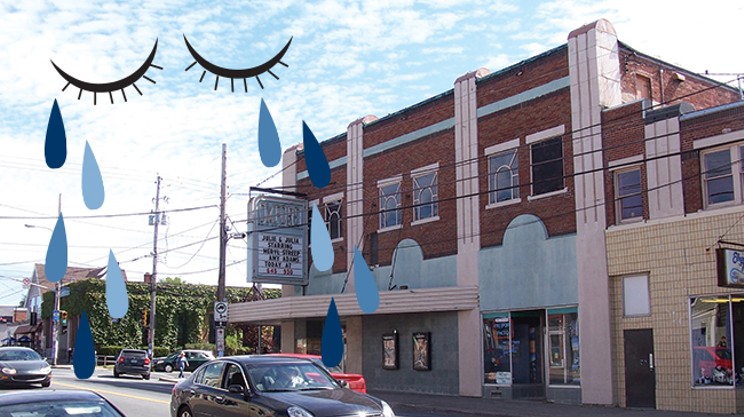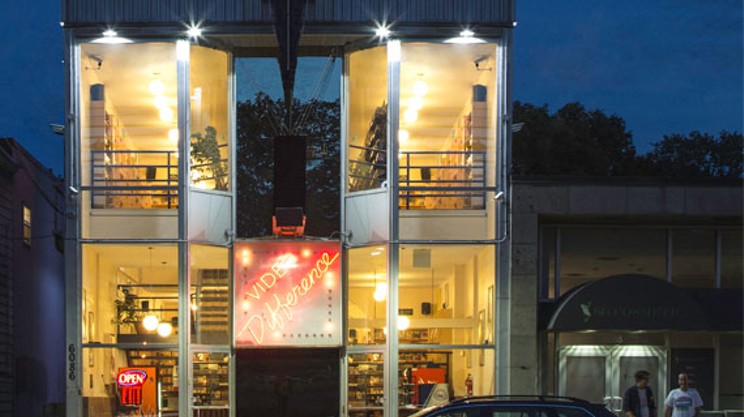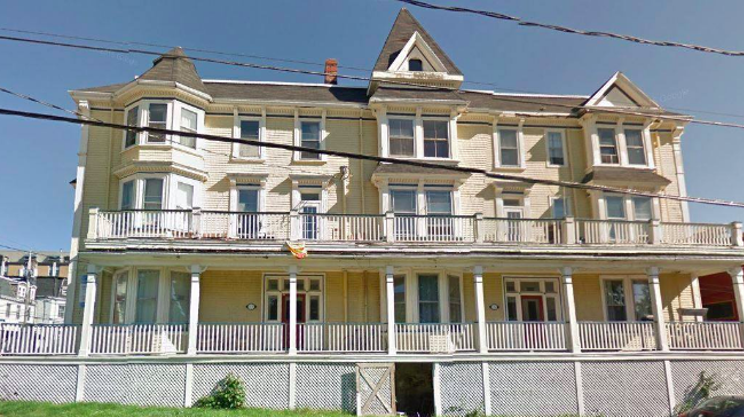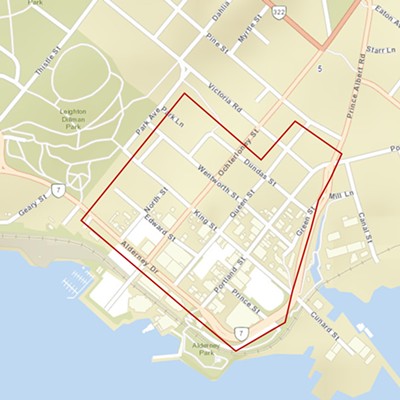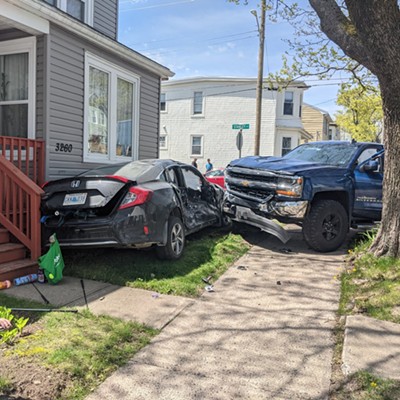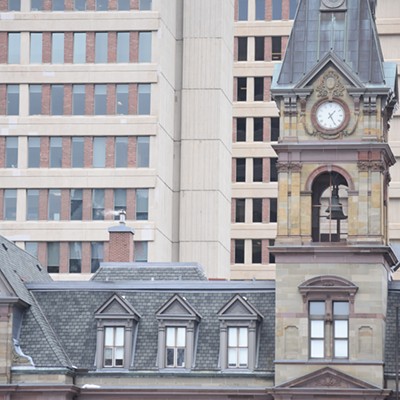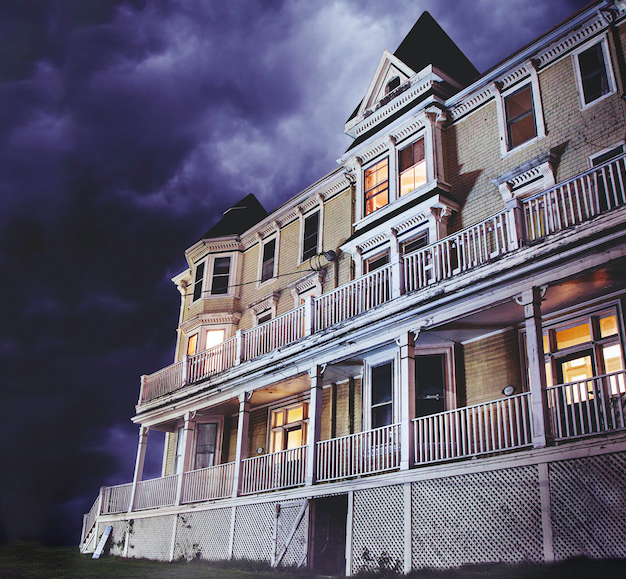
“So much of mankind’s varied experience had passed there—so much had been suffered, and something, too, enjoyed—that the very timbers were oozy, as with the moisture of a heart. It was itself like a great human heart, with a life of its own, and full of rich and sombre reminiscences.”
—Nathaniel Hawthorne, The House of the Seven Gables
James Augustus Farquhar spent his childhood playing in the graveyard of the Atlantic.
Broke and unable to keep their farm near Musquodoboit Harbour, the Farquhar family had moved to Sable Island for a government posting. James was seven. His father ran the rescue station on the island’s eastern edge, keeping watch for errant vessels that might fall prey to the island’s treacherous waters. James occupied his free time playing amongst the whale skeletons and shipwrecks scattered along the beach.
Sable Island had no trees for lumber, so the young Farquhar quickly learned how to strip the bones of wrecked ships for building supplies and firewood. Those lessons served him well later in life. The swashbuckling sea captain made a fortune in his career as a professional wrecker—salvaging ships and cargo that had been thought lost forever to the deep. His success so often seemed to arise out of impossible odds that the locals in Halifax coined a phrase after the good captain: Farquhar’s luck.
His seafaring stories captivated newspaper readers at the dawn of the 20th century, but it’s one of Farquhar’s land-based business ventures that’s stood the test of time. It can be easily viewed at the corner of South and Barrington Streets. A three-and-a-half-storey yellow “stick style” apartment building that was, a century ago, known as The Elmwood Hotel.
It’s one of the oldest residential structures in the city without an official heritage designation—and it’s on borrowed time. Principal Developments, which purchased the property in 2014, has already announced plans to raze the site and erect a six-storey modernist apartment building on its grave. The demolition permits have already been issued.
There will be outcry, as there always is in these cases. But any argument to preserve the building means looking past what it’s become. A century of lacklustre upkeep has left the structure in such a state of poor repair that Farquhar himself would have trouble salvaging it. Skin peeling, bones creaking, it looms over Cornwallis Park, weighed down by over a hundred years of life in its walls. There’s not much to save if it survives. There’s a lot to lose when it’s gone.
This is an obituary to a place not yet passed; a memorial to the walking dead of Halifax architecture. This is an epitaph on what we preserve; the history we value and the heritage we choose to let rot. This is a house that belonged to sea captains and movie stars, poets and lovers, politicians and punks.
This is the Elmwood, while it remains.
In 1826, Charles Hill Wallace buys a small plot of land in the city’s south end and constructs a one-and-a-half storey Georgian residence.
Born in Halifax, a graduate of the University of King’s College, Wallace hopes to raise his family in that home. For reasons unaccounted in history, the Wallaces leave Halifax for England soon after the birth of their two sons. Charles Wallace Jr. later takes the cloth, serving as the reverend of Hotwells, Bristol. Nesbit Willoughby Wallace has a short but distinguished career as a cricketer.
Wallace dies in 1845, separated by an ocean from the city of his birth. He’s 41. His Halifax home remains the property of his estate for another five years.
There were always problems living at the Elmwood. Ask any of the hundreds of past tenants who’ve walked its halls.
People would light fireworks inside the wooden building. The second-floor balcony was ready to collapse at any moment. Old barbecues and patio furniture from past tenants would accumulate remorselessly on the veranda.
If the doors weren’t locked, Alexandra would come home to find people in her bedroom. Ellen once had to use her house keys to fight off a group of men who were beating up her husband on the front porch. There was the time Fiona’s neighbours stole the fire extinguishers, or when Kendall went three months without a functioning shower. Shelby had to move her bed into the living room when the ceiling started leaking. Currently, Chelsea’s toilet won’t flush.
The heat either worked or it didn’t. The temperature of your shower entirely depended on if anyone was running water above or below you. There were weird noises, broken windows and mushrooms growing in the corner. No one cleaned the hallways. There were rats and bedbugs and mould and racoons and mice.
It was home.
Cheap, dog-friendly and filled with many of the original fixtures, it was a living Victorian mansion on a busy downtown corner. Unsurprising, then, that the Elmwood attracted so many varied tenants. Ellen Page lived there, briefly, before her rising fame made such a thing impractical. (The actor’s representatives didn’t reply to requests for comment.)
There were always rumours it used to be a bordello, though historical record makes no mention of such ill repute. That the south end corner it perched on would become the stroll for street-based sex workers in the ’80s and ’90s probably added some sprinkling of authenticity to the myth.
Bands would rehearse, comedy shows were performed. People fell in love and broke up. It attracted artists, bohemians, young families and new Canadians. It was shabby-chic, says Waye Mason. “Looked like something out of Sherlock Holmes.”
The south-end councillor was a resident of the Elmwood during his second year of university in 1991. He remembers the rust; the insecure locks; the rundown feel of a building then closing in on its centennial. How could you not fall in love?
“I would have loved—I still would love—to see it get renovated,” Mason says, with a quick correction in his choice of tenses. “There’re a lot of things about it that would be hard to retain in a renovation, but it’s just such a beautiful building and it’s got so much character.”
John Esson arrives in Halifax from Aberdeen, Scotland in 1823. He quickly finds work in his uncle’s grocery store, taking to the vocation well enough that soon he’s setting up his own wholesaling business. Trade in the Caribbean is prosperous and his mercantile pursuits flourish. Esson is appointed director of the Bank of Nova Scotia, and for a time runs the Halifax Fire Insurance Company. Along the way, he purchases an old homestead in the south end.
The property still belonged to the late Charles Wallace, but in the last few years it had been occupied in succession by archbishop William Walsh (who, due to a spat with the vicar diocese, wasn’t authorized to live in the glebe), and a couple the newspapers record as “Mr. and Mrs. Murdoch.” It would be a safe assumption that was Beamish Murdoch, a local historian and noted political figure in Halifax at the time.
A year after purchasing the property, Esson is elected to the Legislature. He takes over the Halifax County seat left vacant when Joseph Howe moved to Cumberland County. Esson holds the position until his death in 1863. Howe later remarks of his former colleague that “not many men had ever passed from the halls of legislation leaving behind them so few enemies, and so many personal friends.”
John’s widow, Harriet Ann Esson, holds onto their south end home until her own death in 1895. The papers are still calling it Esson House when James Farquhar buys the property a year later.
“I would argue that the overwhelming majority of buildings that are on our postcards today were at one point in their history great candidates for demolition and redevelopment,” says Marc Denhez. “So you don’t judge a book by its cover.”
The esteemed author, adjudicator and the former chair of a national government-renovation industry task force has been an expert voice on heritage preservation for over 30 years. Which is why he’ll be visiting Halifax next week as keynote speaker for this year’s Nova Scotia Heritage Conference. The event will take place a stone’s throw from the Elmwood, at the Westin Hotel.
Denhez will be speaking about the industrial basis for heritage preservation; how cities, contractors and developers need to view historic buildings as something worthy of continual re-investment. Put it this way, he says: there’s $2.2 trillion worth of structures in Canada. A rational, economic mind would say it makes a hell of a lot more sense to extend the life of those properties rather than scrap everything and build new.
“From time immemorial people have been fixing buildings. We’ve been doing that since the Sumerians. People didn’t fix buildings because there was a government policy to do it. They fixed buildings for the elementary reason that it cost less to do it that way than it cost to start over.”
That all changed during World War II. The hunger for modernist cities gave birth to multi-tentacled government planning programs all designed to build what was new and get rid of the old. Until the 1990s, Denhez notes, approximately one-third of all landfill deposits in Canada was comprised of used construction material.
“There were even quotes from the journal of the Royal Architectural Institute of Canada...where they were discussing the merits of the Luftwaffe coming to bomb Halifax.”
By the early ’80s, the impact of all that new development—coupled with changing philosophies around the world on protecting spaces—spurred Halifax to launch its heritage properties program.
It was a way to hold onto the scraps of history we felt were worth preserving. But they were still relics. Heritage had nothing to do with the future. City planning was still about what was new.
Even today, growth is still synonymous with redevelopment in Halifax and in planning documents all over Canada, says Denhez. This, despite the fact that the improvement of existing structures accounts for about 40 percent more GDP than the construction of new buildings.
“Where is that recognized in our planning documents?” he asks. “Nada. Zero. Nowhere.”
Immediately upon buying the old Esson house, James Farquhar sets to work renovating and expanding it. The sea captain adds a second storey and two additional wings. The new structure becomes a boarding house under the management of Harry Preedy.
It’s dubbed the Elmwood, after the two trees planted out front.
Preedy soon leaves his employment, having purchased the competing Waverley Inn down the road. The businesses are just two of the numerous hotels built in the area for newcomers and tourists arriving via train or through the ports. Preedy is replaced in his duties by one such immigrant—Mrs. E. E. Adams—who originally hails from Brooklyn, New York.
A 1921 newspaper profile of “successful women in business” glowingly describes Adams as the landmark hotel’s “efficient and enthusiastic manager.” Under her care, the 20-year-old inn is reinvigorated and its dining room opened to the public. The “cuisine and dining service of this modern Elmwood is second to none in the Maritime provinces,” writes the Halifax Herald.
In her own words, Adams is “happier in this work than ever before in life.” She’s still managing the Elmwood nine years later when it’s listed in a Canadian Pacific magazine on Maritime resorts. Daily rates for one of the Elmwood’s 38 rooms is $3.50—50 cents cheaper than the Lord Nelson.
In that same year, 1930, captain Farquhar passes away. A ghostly white mortuary statue he had built for his grave is instead placed in the Maritime Museum of the Atlantic.
“Heritage has been a bad word for a long time, just because it’s meant anti-development,” he says. “I think that’s something that we’re trying to change.”
The city planner believes adaptive reuse of older buildings doesn’t have to be scary. It’s what helped Barrington Street preserve its heritage properties—parts of them anyway—while letting the downtown core embrace a renovated future. With the right incentives, Murnaghan is convinced other developers will start to see the same light.
“It’s seen as a liability to own a heritage property. I think that’s something we have to change—whether it’s through incentive programs or creating new opportunities for developers to add increased value to their property.”
Unfortunately, none of this helps the Elmwood. The building at 5185-89 South Street isn’t a registered heritage property. What it is, is a part of the proposed Old South Heritage District, which if enacted would preserve several historic buildings in the neighbourhood.
That plan is still months away from coming back to council, warns Murnaghan. Even if it is approved, the demolition permits have already been issued. The Elmwood’s death is grandfathered in. Its only presence in the future heritage district will be in absence. A ghost of what was.
The city is aware of what it’s losing. The Elmwood is a building that HRM would very much like to include on its heritage registry, Murnaghan stresses. In fact, someone already tried as much 30 years ago.
Back in 1985, when the heritage property program was still new, council was approving dozens of designations all over Halifax. That’s when an unknown third-party submitted several South Street properties for preservation—including the Elmwood, and the Gondola Restaurant and Riviera buildings next door.
The application was opposed by the properties’ owner, John Vacca.
“Our family has put together a land assembly in good faith, and we believe that we should be able to develop the land in accordance with the rules that existed when the properties were purchased,” writes the Gondola proprietor and Elmwood resident in a letter to council.
A public hearing was supposed to have taken place that December, but was deferred at the request of the heritage advisor for unknown reasons. And then the matter disappears from history. The hearing never occurs, and the heritage application that would have saved the Elmwood is never mentioned again.
“It may have just disappeared,” says Murnaghan. “We can’t seem to find any other reference to it coming back to council.”
Third-party applications weren’t always treated consistently back then, he adds, but given Vacca’s objections, council likely sided with the property owner.
In 1937 the property at South and Barrington passes from the hands of the Elmwood company to Matilda Lawrence. Her heirs retain ownership until 1950 when it’s purchased by Sarah Heinish.
She and husband Noa operate a clothing business on Gottingen. Sarah is also an influential figure in the Canadian Jewish Congress, Neptune Theatre and the Women’s League. The clothing store closes in 1972, and a year later Heinish sells the Elmwood to siblings Wilfred and Kevin Keefe.
The property brothers only keep the building for five years before moving on to launch Granite Brewery and the dearly missed Ginger’s a little further down on Barrington. In 1979, Pino and Giovanna Vacca buy the Elmwood as part of their redevelopment play.
The Vacca family manage the apartments for over a decade while running the Gondola Restaurant next door. John Vacca eventually sells the building to Barrmor—the Nova Scotia division of an Ottawa-based property group.
Four years later, Barrmor flips the deed to Frank Matheson’s Elmend Realty.
A year later, it’s sold again. The new owner’s name is Farquhar.
This week, at a meeting of the Community Planning and Economic Development Standing Committee, Waye Mason will introduce a motion asking for a staff report on enhancing HRM’s heritage protections. The report is to include options for new forms of tax relief, and potentially the establishment of a holding bylaw to allow for the short-term protection of “important unregistered historic buildings.”
The idea isn’t directly inspired by the Elmwood, says Mason, but the old building is a factor. It’s about offering a little more carrot as incentive for developers to fix what they have now, instead of starting from scratch.
“I’m hopeful that we’ll see, instead of Elmwood being torn down and all that being lost, that we’ll see a real nice adaptive re-use and the government will come in with a little bit of tax relief and maybe a capital grant and we’ll get that building saved.”
It would be welcome news to past tenants. Even with all of the horror stories, not one of those who spoke with The Coast wants to see the building fall. There are just too many good memories—too many important moments—tied to that place. It was where Cody and his friends organized their street hockey games, and where Brendan would host his 1920s-themed parties. It was where Samson interrupted an orgy in the laundry room, and where Rebecca would chat over cigarettes with Leno about his life in Spain. It was where Susan met her husband when he rang her doorbell by mistake. It was Jennifer’s first home.
“It’s the antique and vintage face of Halifax that’s going to be scraped off in favour of very modern buildings which are really not going to be distinctive at all,” says former tenant Fiona MacGillivray. “I just think it’s a very near-sighted thing to do.”
Clyde Farquhar first meets his future wife, Ruth, while they both live on Summit Street. Their courtship begins at a dance, held around the corner from the Elmwood at the YWCA. The two marry in 1962 and are together for 31 years until Clyde’s death in 2004.
The couple’s purchase of 1585-89 South Street in 1994 is the perfect bookend to the building’s history. Nearly a century after its construction, the Elmwood finds itself back home again as the property of the Farquhar family. It’s poetic.
Except it wasn’t. They’re different Farquhars. No relation to the celebrated sea captain.
“If you’re going to give me a whole load of money, I’ll say I was related to him,” jokes Ruth.
Clyde’s family was from outside Liverpool. Captain Farquhar’s bloodline hails from Musquodoboit. Despite the shared surname, there’s no direct link between the two families.
Purchasing a historic Victorian property built by a well-known mariner with the same distinctive moniker was—it turns out—pure coincidence. History, perhaps thankfully, eschews such tidy narratives.
Given the buildings that have fallen in Halifax over the last few years, maybe it just feels futile. Development, like entropy, is a constant. The rotting old house on the corner will come down, and on its tomb, a monument to all things new will be erected—before itself being torn down, discarded, in a few decades time.
Unless that doesn’t happen.
“I was considering this a dead building walking for quite a while,” says Murnaghan, with hope. “It’s really not until the wrecking ball arrives on site before we know that’s actually going to happen.”
There’s no indication when the Elmwood will fall. The demolition permits granted in 2015 were recently extended. Current tenants say they were told it’ll be at least a year. Principal Developments owners Paul, Renee and Peter Metlej didn’t return calls.
But negotiations in these cases often come down to the last breaths, says Murnaghan. His department is still in discussions about saving the Elmwood. There’s still hope for a miracle. A little bit more of Farquhar’s luck.
Jacob Boon is city editor with The Coast.

